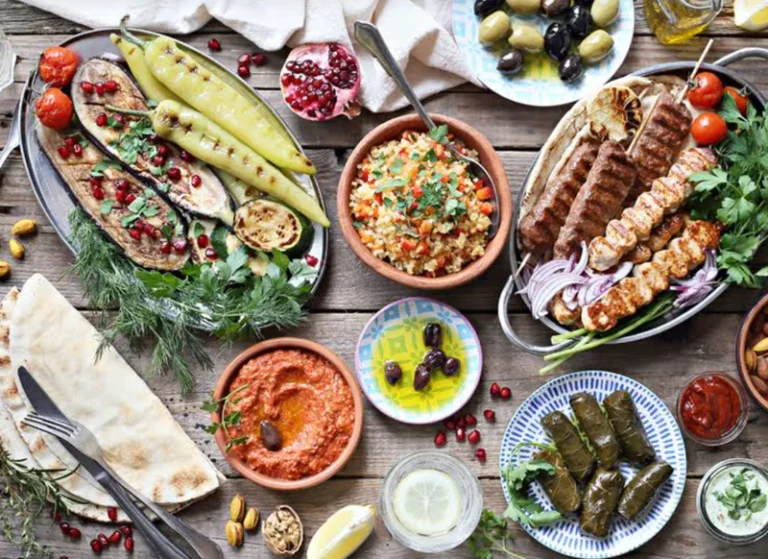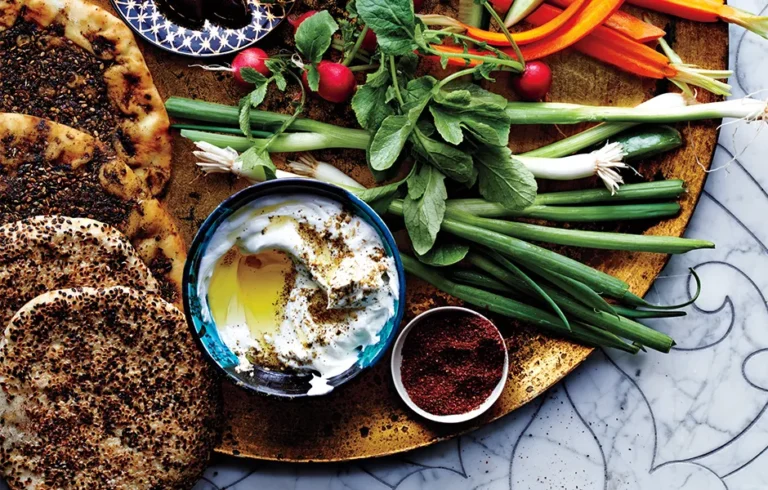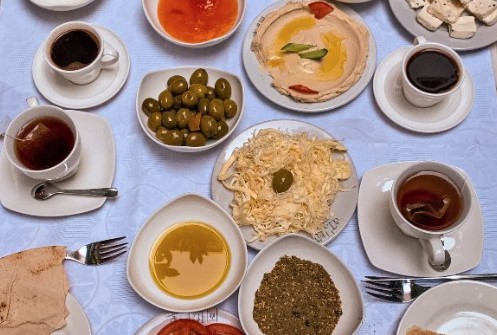Introduction to Syrian cuisine
Syrian cuisine is known for its rich and diverse flavors, influenced by the country’s geographic location and history. The cuisine is a mix of Mediterranean and Middle Eastern flavors, combining spices, herbs, and fresh ingredients. One of the most important staples in Syrian cuisine is flatbread, which is used in a variety of dishes and plays a crucial role in Syrian culture.
The history of flatbread in Syria
Flatbread has been a staple in Syrian cuisine for centuries. Historically, bread was considered a symbol of life and a blessing, and it was believed to have healing properties. Flatbread was introduced to Syria during the Neolithic period, and it became an essential part of daily life.
In ancient times, flatbread was baked in clay ovens, and it was usually made with wheat flour. Over time, different types of flatbreads were developed, including pita bread, which is now one of the most popular types of bread in Syria.
The different types of Syrian flatbread
Syria is home to a wide variety of flatbreads, each with its own unique flavor and texture. Some of the most popular types of Syrian flatbread include pita bread, markouk, and manakish. Pita bread is a staple in Syrian cuisine and is often used to make sandwiches or as a side dish. Markouk is a thin, large flatbread that is commonly used to wrap meat and vegetables. Manakish is a small, round flatbread that is often topped with cheese, herbs, or meat.
How flatbread is used in Syrian cuisine
Flatbread is used in a variety of ways in Syrian cuisine. It can be used as a utensil for scooping up food, as a vehicle for sandwiches or wraps, or as a side dish. In some dishes, flatbread is used as a base, such as in the popular dish, fatayer, which is a type of pastry filled with meat, cheese, or vegetables.
Flatbread’s cultural significance in Syria
Flatbread is not only a staple in Syrian cuisine but also plays an important role in Syrian culture. It is often shared among family and friends, and baking bread is considered a communal activity. In many areas of Syria, the preparation of bread is an important part of daily life, and traditional baking techniques are still used.
Conclusion: The enduring importance of flatbread in Syrian cuisine
Flatbread is an essential part of Syrian cuisine and culture. It has a long history in the region and has played a crucial role in daily life for centuries. From its use in dishes to its cultural significance, flatbread continues to be a cherished part of Syrian cuisine today.



